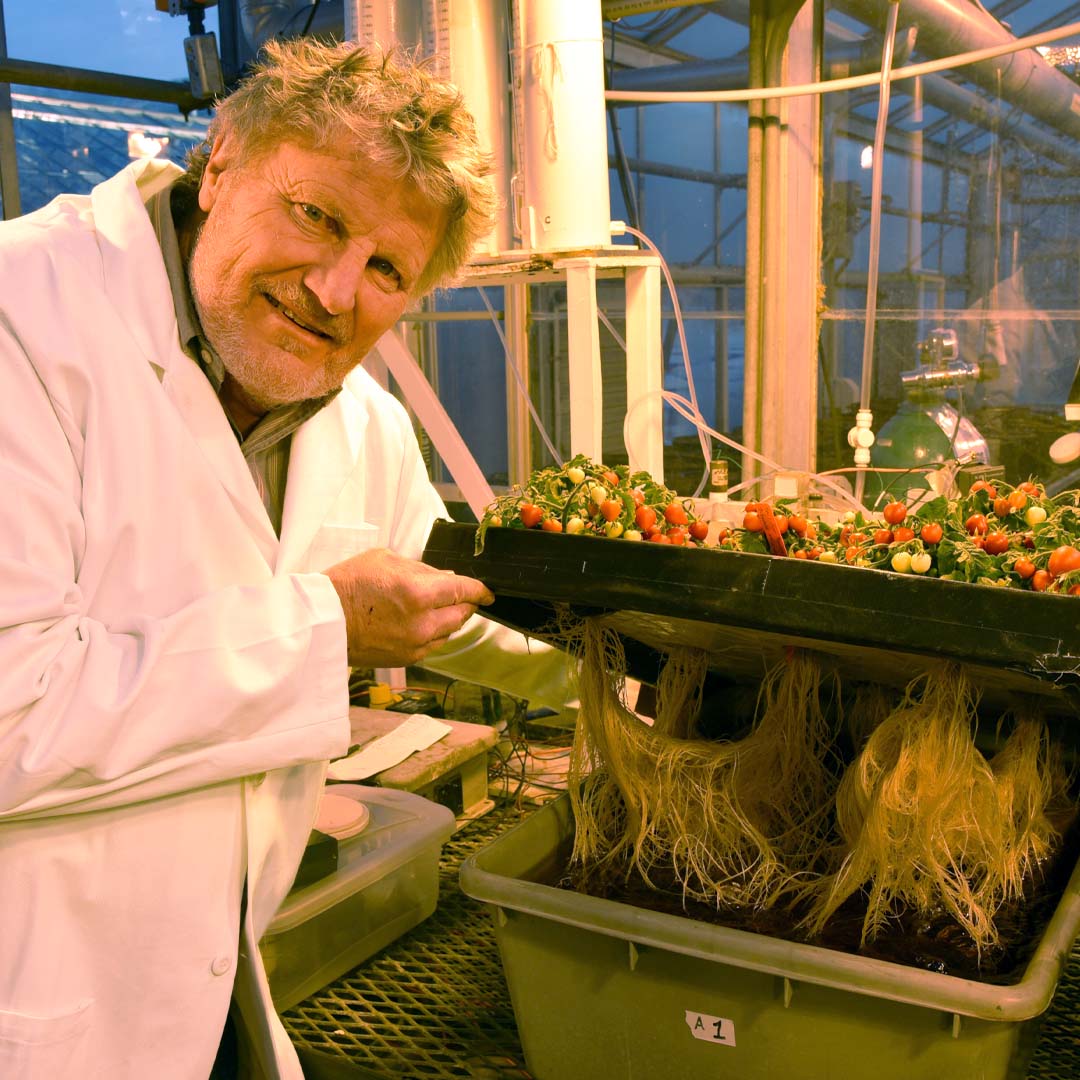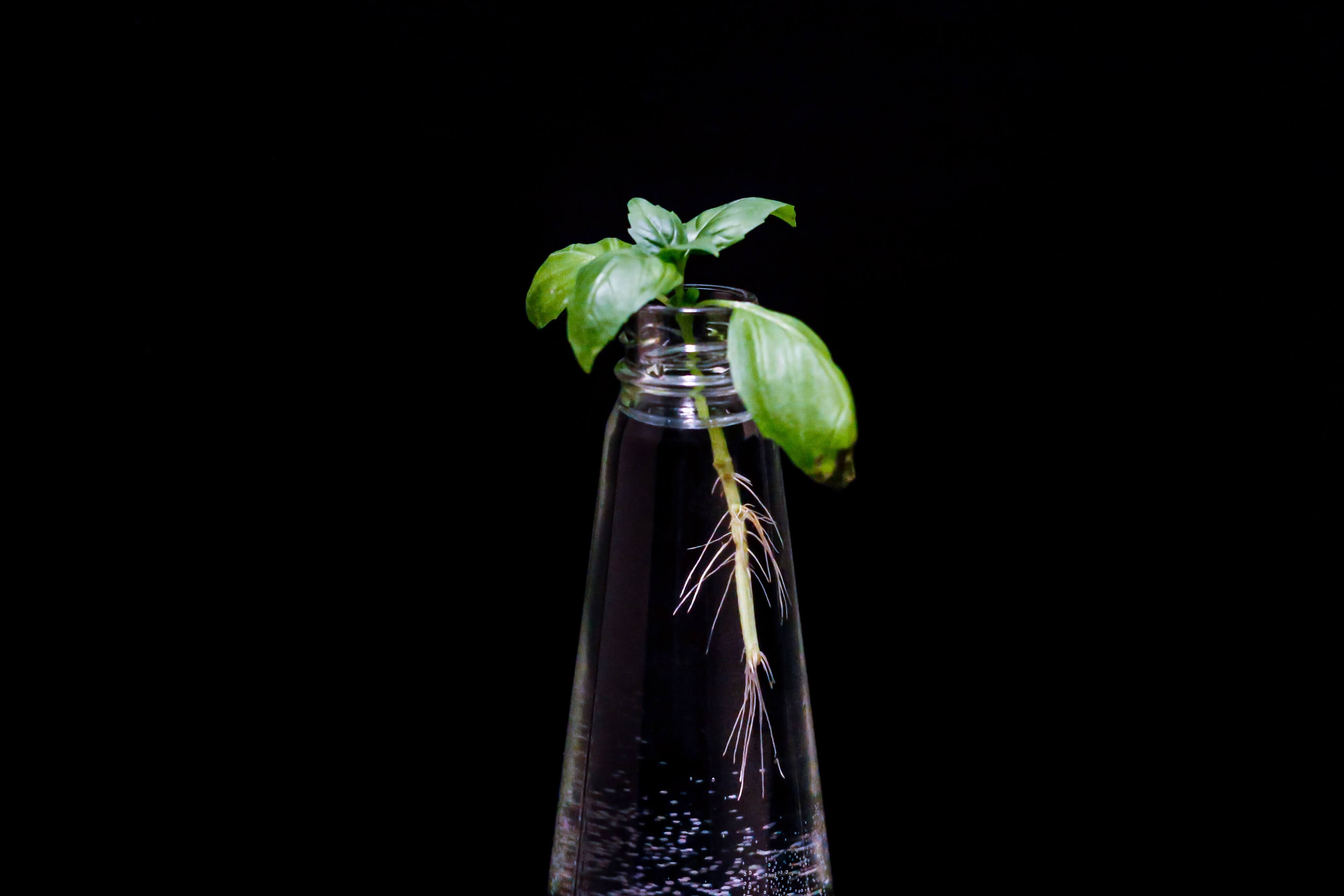Basil Performance Evaluation in Aquaponics
Introduction:
Aquaponics is a food production method that grows plants in a recirculating water system without soil. The ecosystem is usually composed by fish, bacteria, and plants. Using aquaponics is beneficial in many ways: it uses only a small land area, conserves water, limits waste in the environment, and reuses nutrients from fish to grow valuable vegetable crops. Basil is usually grown in an aquaponic system because it grows quickly and has a high economic value. In this study, two trials were conducted to find the best basil species to grow in outdoor tropical aquaponic environments.Set Up:
Two trials were conducted in the summer and the fall to identify suitable basil cultivars in the U.S. Virgin Islands. In the summer, five basil species were grown: Genovese, Lemon, Purple Ruffles, Red Rubin, and Spicy Globe. In the fall, there were seven species studied: Cinnamon, Genovese, Lemon, Purple Ruffles, Red Rubin, Spicy Globe, and Thai. Three-week-old seedlings were inserted into net pots and transplanted into Styrofoam rafts floating on the hydroponic troughs. Plants were harvested multiple times by cutting stems 6 inches above the substrate surface and allowing the plant to regrow until the next harvest. The leaves and stems were harvested to weigh and measure the growth. Chlorophyll content of the basil was measured using an Apogee chlorophyll concentration meter.Results:
In the summer, yield was higher in ‘Genovese’ (14.91 kg·m−2) and ‘Spicy Globe’ (13.99 kg·m−2); ‘Purple Ruffles’ resulted in the lowest yield (4.18 kg·m−2). Chlorophyll content was the highest in ‘Genovese’ [48.59 chlorophyll content index (CCI)]. In the fall, ‘Cinnamon’ (6.60 kg·m−2), ‘Genovese’ (6.70 kg·m−2), and ‘Spicy Globe’ (6.35 kg·m−2) showed the highest yield and ‘Purple Ruffles’ the lowest (1.68 kg·m−2). Chlorophyll content was a response of plant growth and cultivar, with values increasing over time and ranging from 12.06 (Lemon) to 17.99 CCI (Cinnamon). Yield was greater during the summer in comparison with the fall. Yield declined for the fourth harvest in the summer, indicating that growers may need to end production after the third harvest and replant the crop.Conclusion:
This study showed that basil is well adapted to aquaponics in tropical warm conditions, since the yield was higher than that in other studies in other locations. Basil has potential as a specialty, short-season, and high-value crop for aquaponics. Of the species tested, Genovese and Spicy Globe were the highest yielding cultivars within the environmental and geographical conditions of this study in both summer and fall.
Image 2. Example of tomatoes grown using aquaponics by Dr. Bruce Bugbee at Utah State University
Application Summary

Image 1. Photo by おにぎ; A sprig of basil growing in water
Summary
An Apogee chlorophyll concentration meter is used to study aquaponic growth of basil in tropical locations.
Apogee Sensors Used
Location
University of the Virgin Islands Commercial Aquaponics System in the U.S. Virgin Islands
Authors
- Rhuanito Soranz Ferrarezi
- Donald S. Bailey
Reference Article
